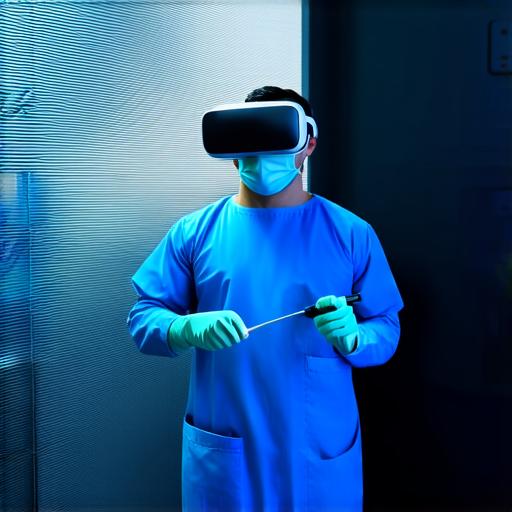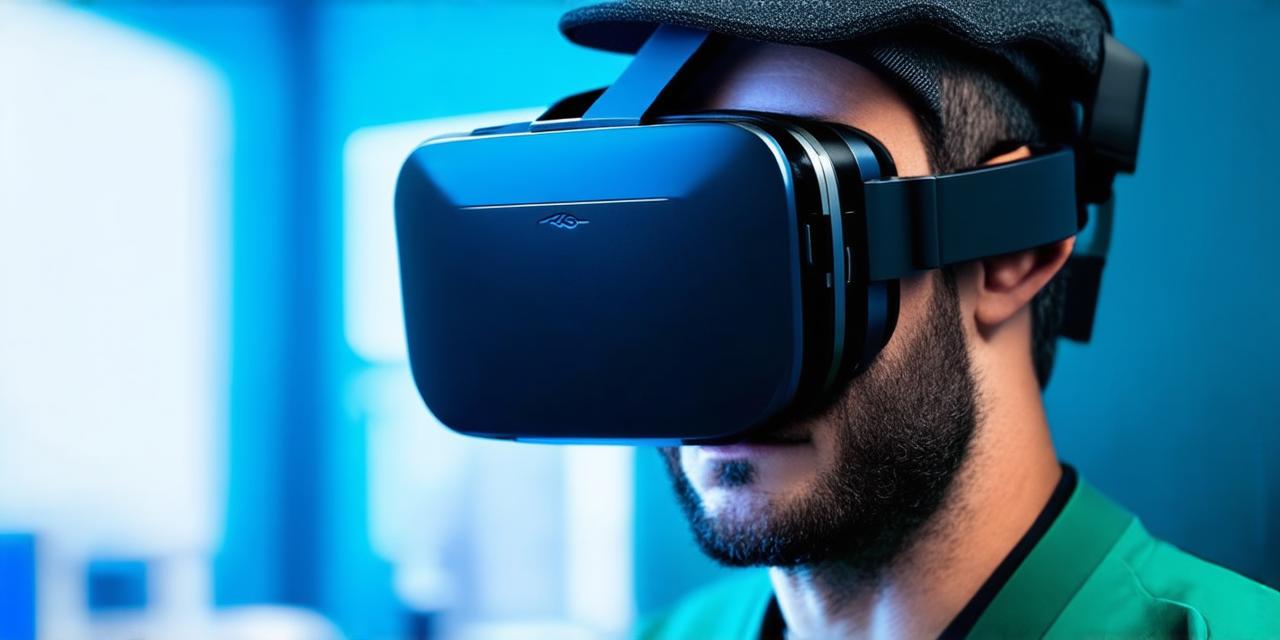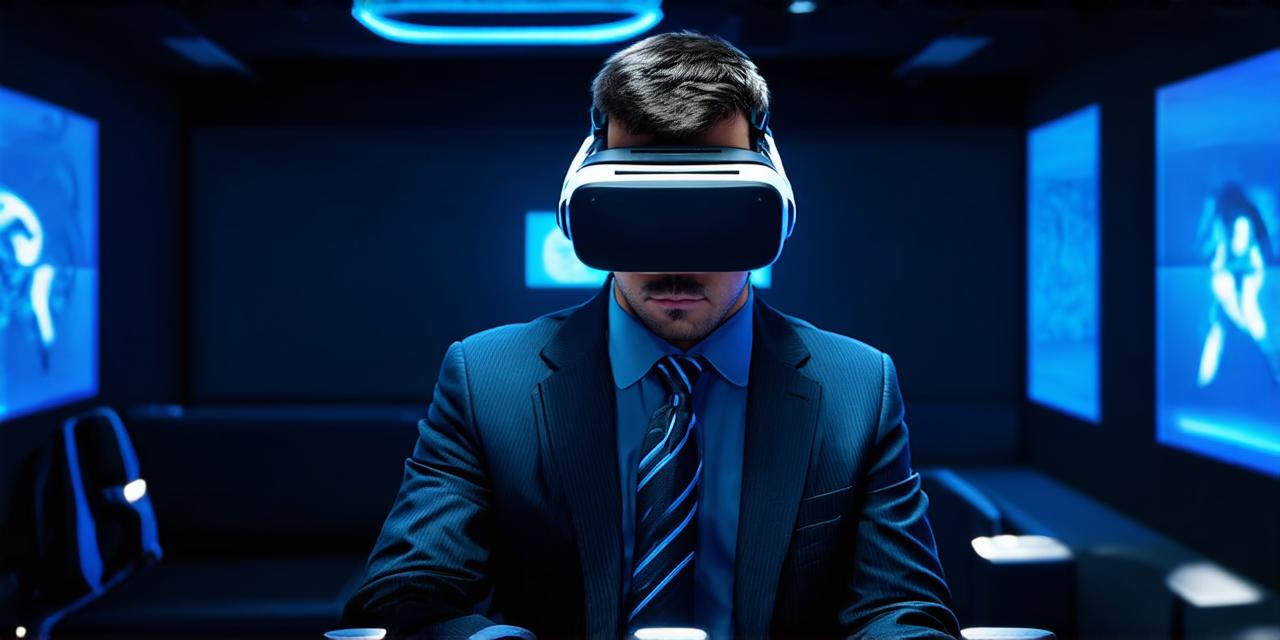Benefits of Virtual Reality in Healthcare: A Detailed Analysis
The benefits of virtual reality technology in healthcare are numerous and can be categorized into several areas, including patient engagement, cost reduction, and improved outcomes.
Patient Engagement
Virtual reality technology has the potential to increase patient engagement by providing immersive and interactive experiences that can be customized to meet the individual needs of patients. By using VR simulations, patients can actively participate in their treatment and gain a better understanding of their condition.
This increased engagement can lead to better adherence to treatment plans and improved outcomes. For example, patients with chronic pain can use VR technology to simulate physical activities that help alleviate their pain and improve their mood. This active participation can help them maintain a more positive outlook on their condition and reduce the need for medication.
Cost Reduction
Virtual reality technology has the potential to reduce costs in healthcare by providing a safe and controlled environment for patients to receive treatment. By using VR simulations, doctors and surgeons can practice their skills without the risk of harming patients or causing damage to equipment. This can lead to fewer surgical procedures and reduced hospital stays, which can result in cost savings.
For example, the use of VR technology for surgical training can reduce the number of surgical procedures required to achieve a desired level of proficiency. This can help reduce costs associated with hiring additional surgeons or purchasing expensive equipment.
Improved Outcomes
Virtual reality technology has been shown to improve outcomes in various healthcare settings, including pain management, surgical training, rehabilitation, and mental health treatment. The ability to create immersive and interactive experiences that can be customized to meet the individual needs of patients can lead to better treatment outcomes.
For example, patients who underwent VR exposure therapy for chronic pain reported a significant reduction in pain levels compared to those who received traditional treatment. This reduced pain can help improve overall health outcomes and reduce the need for medication.
Challenges and Limitations of Virtual Reality in Healthcare

While virtual reality technology has numerous potential applications in healthcare, it also faces several challenges and limitations that must be addressed to ensure its widespread adoption. These challenges include cost, accessibility, and regulatory hurdles.
Virtual reality technology may not be accessible to all patients, particularly those with disabilities or limited access to technology. To address this challenge, healthcare organizations must explore alternative approaches that can make VR technology accessible to all patients. This may include providing specialized equipment and software or developing customized VR simulations that are tailored to meet the individual needs of patients.
Virtual reality technology is still relatively new in healthcare, which means it faces several regulatory hurdles. For example, there may be questions about the safety and effectiveness of VR technology, particularly when it comes to surgical training or mental health treatment. To address these regulatory hurdles, healthcare organizations must work closely with regulatory bodies to ensure that VR technology is safe and effective for use in healthcare settings.




